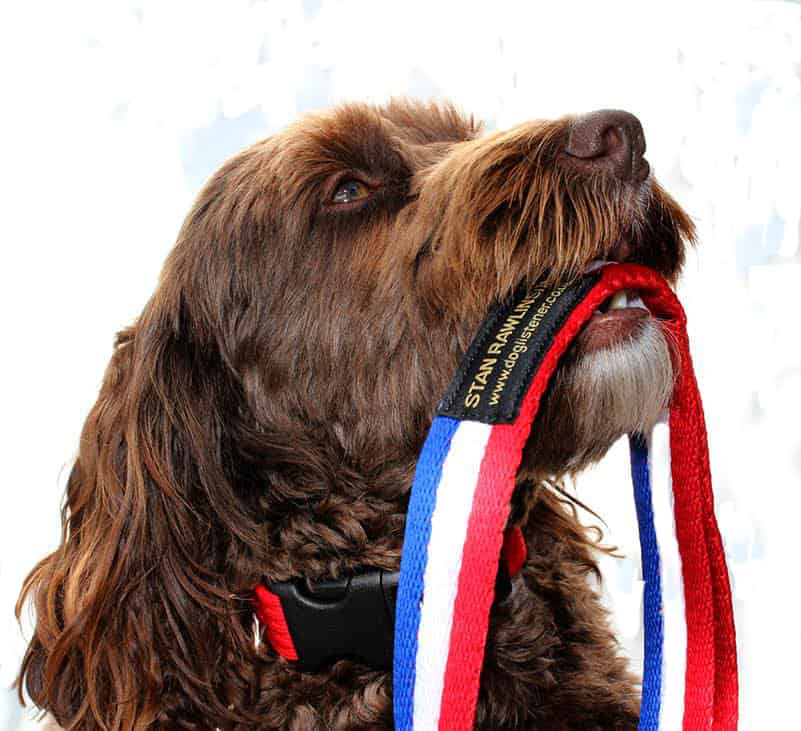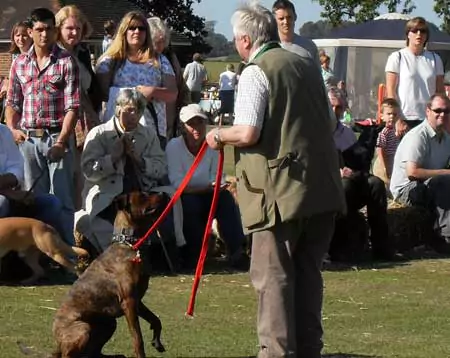Understanding a Dogs Abilities
Do We Expect Too Much From Our Dogs

I cannot tell you how many times people have said to me that their dog thinks it is human and I always give the same answer “No it doesn’t, it thinks it’s a dog.
That is simply because dogs are “Conspecific”. The term conspecific means they can only truly pack up with their own kind.
Dogs are born live, therefore, they will always recognise their mother and other dogs through smell, touch, sight, and sound.
What I am trying to emphasise is that dogs are not little human beings in fur coats. I hear many people calling their dogs “Furbabies” or “My Baby”
If we could teach a dog to draw and give it the concept of a “God” it would draw “God” as a dog.
Many so-called dog trainers and countless owners have a mistaken perception of what really constitutes a dog, and often have expectations far above those animals actual capability.
Some people imagine that their dogs are able to understand complex thought patterns and comprehend our moral and ethical codes; They assume a dog’s level of understanding is on a par with our own.
Animals work on drive levels and instinct. It is vital to keep in mind that they do not have the capacity to comprehend the complex thought processes that bring us to understand human emotions, language, and behaviour.
There is a scientific name for this “Anthropomorphism”: The textbook definition of anthropomorphism is “to assign emotions or thought patterns to animals or objects, which are incapable of achieving such dimensions”. This is like explaining that a vine climbs up the tree to get a better view of the garden. Just think how often we blame our computer for being bloody-minded or awkward. Is that logical? I think not.
I believe that anthropomorphism is one of the main reasons we find immense difficulty in communicating successfully with our pets. So why do we do it? Humans always find it easier to relate to something when they see their own emotions and thought patterns into the actions of their pets.
Using the vine illustration, this is an example of projection. Projection is a psychological phenomenon in which one projects their feelings upon others, including animals, and inanimate objects. This is useful in everyday life as it takes the guesswork out of reality. Instead of constantly contemplating why something is like it is, you simply put it into context with how you think and view your everyday life.

If for example a dog makes a mess on the floor during your absence, there is no point in telling the dog off or rubbing its nose in it, which to my mind is barbaric,
You wouldn’t rub a child’s nose in a soiled nappy? and even if you did, what learning process would the child get?
The dog’s brain cannot link the action with any passage of time. it is believed this passage of time level is 3.5 seconds.
So many people say to me, “He knows he has done wrong” or ” look at him you can see he is guilty”. NO HE DOESN’T.
He actually looks submissive which to our anthropomorphic minds, unfortunately, appears like guilt.
The reason he is submissive is he can read every nuance and movement in your body language and is aware you are annoyed, but not why?. This is because their brains are not formulated to feel guilt as we perceive it.
A dog’s brain is much smaller than humans, especially in the upper part of the brain called the cerebrum – the portion of the brain associated with intellectual functions such as speech, memory, consciousness, and logical and emotional thought.
They cannot understand human language. It is far more important to use sound patterns, intonation, facial and body language as a form of communication.
A dog wants to please and all learning should be based on positive reinforcement. We should be aware that a large part of a dog’s brain is occupied with the sensory activity, particularly the interpretation of scent.
| Is your dog pulling on the Lead, Unruly, Bad Recall, Aggressive on Lead, Jumping Up? See my article and Video Clips on how to stop this. The Jingler |

Instinct: Dogs natural instinct plays a vital role, it is often difficult to understand why so few dog owners cannot differentiate between instinct and intelligence.
Instinct is an urge from within. Instinct makes a dog act in a certain way and has no connection with intelligence.
Dogs first instinct is to survive, when a pup is born he squirms about until he finds a teat and then sucks it.
This does not require intelligence or a learning process it is purely instinctual.
The maternal instinct tells the female to clean up the foetal membrane, and in the first 3 or 4 weeks to stimulate the pups to defecate and urinate as they are incapable of doing them themselves,
This is nature’s clever way of allowing the female to control the pups fecal outpouring.
She then eats the pup’s faeces and urine so as to keep the nest clean and dry and to stop predators locating the den by smell and killing the pups. Aren’t you glad your not a dog?
Of course, we know that no predators are going to attack the litter, but try explaining that to the mother? She is not taught these actions, she has not seen another female do it, except when she was so young and therefore unable to assimilate these actions. It is therefore clearly instinct.
Most instincts provide pleasure to the dog, and because it associates the action with pleasure, the instinct grows stronger with usage. This is the basis of all training, to harness your pet’s instincts and shape their behaviour patterns so that it is acceptable to what we perceive as how a dog should behave.
Can We Remove an Instinct? Instinct can be strengthened, weakened or even diverted, however, if an instinct is not present in the first place it cannot be added, and it cannot be taken away. It may lie dormant, but once developed it can never be weakened only controlled.
A dog with an obsession for chasing cyclists can be controlled by shaping its behaviour, obedience training and by providing alternative outlets for its energy. The same if a dog is corrected the first time he chases another dog or a jogger it may give up the idea, but if it is allowed to chase joggers or dogs then this instinct becomes much stronger and can then become a problem behaviour that is difficult and in some cases impossible to cure.

Basic Training: To start to teach your dog your language, you need to combine the words with an action that shows the dog what you want, and some reinforcement – either positive or negative.
Say your dog’s name. Does the dog respond (look at you, wag his tail, move toward you)?
Your dog should ALWAYS have a pleasant experience when he hears his name – NEVER unpleasant.
Some people create a new “Bad Dog” name to use for those bad dog times.
To teach the dog his name, position your dog close enough to touch, preferably on a leash so he doesn’t move away.
Say the dogs name cheerfully and give his ear or leash a tug toward you, or move his muzzle in your direction.
When the dog looks in your direction, immediately use your “Good Dog” voice and praise and stroke your dog on the head or chest and start by giving your dog a treat.
Practice this until looking at you happens without the tug or treat, continue to practice for the dog’s entire life! It reinforces the communication link between the owner and pet.
Getting Your Point Across: Sometimes words are not enough when communicating with a dog. Since dogs must learn what each word means, all the other “extra” words are just a bunch of “Blah, Blah” to them! Remember the Gary Larson cartoon that shows an owner scolding his dog, Ginger, then shows what the dog hears “Ginger, blah, blah, blah, Ginger, blah…………”
The word NO is used far too often and actually means very little to a dog, it is better to use specific words. Keep them short, don’t use words like “sit down”, it can confuse use either “sit” or “down” depending on what you wish to convey.
The last thing to remember is to love your dog. He knows if you love him and will reward you ten fold.






